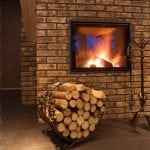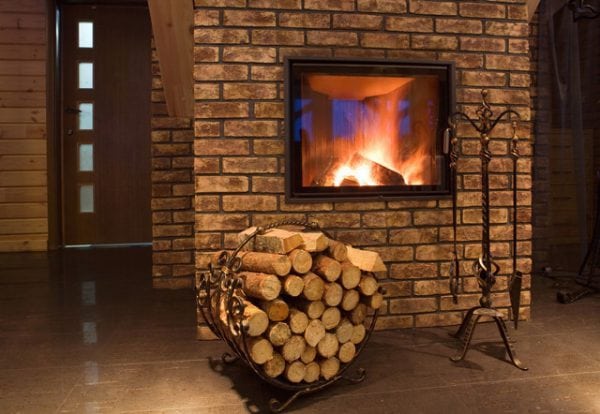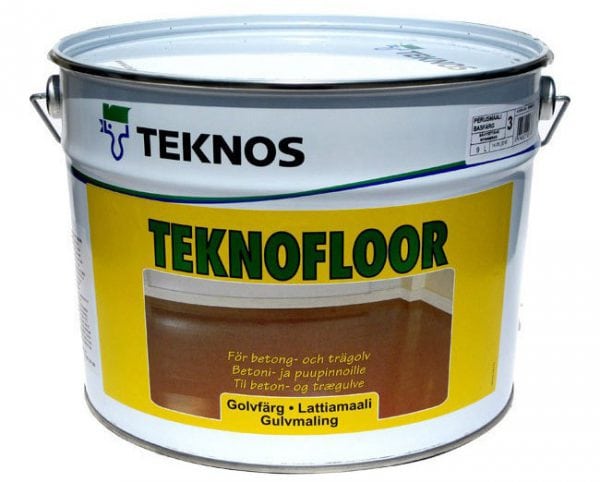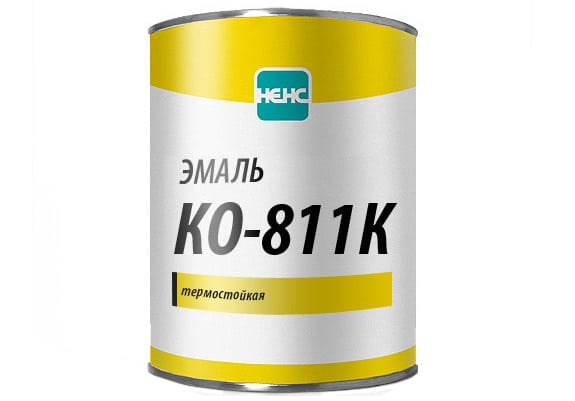Paint for stoves and fireplaces today is more a necessity than a luxury. Yes, traditional brick-lined stoves in the countryside were stained with ordinary lime whitewash. But in urban conditions, this method is not convenient, although it is the cheapest.
- Types of heat-resistant paints
- Categories of organosilicon compounds
- Preparation and staining process


Stone stoves and fireplaces have elements made of different materials. The base (chimney) is assembled from brick or stone, the dampers and fasteners are often made of metal. Therefore, in choosing a fire-resistant paint it is worth considering this fact and buying either a universal composition suitable for different types of surfaces, or choosing several painting options - separately for stone and for metal.
The general requirement for the selection of material for painting the furnace is the temperature regime. The average heat resistance of the paint should be 500 degrees, which is suitable for almost all types of foci. A fireplace and a brick stove heated with wood are heated to 300 degrees. Coal produces heat up to 800 degrees. But such heat spreads in the immediate vicinity to a heat source, so do not worry and buy paint with high refractoriness indicators, because the outer walls of the furnace do not warm up so much.
to contents ↑Types of heat-resistant paints
When applied to the surface, heat-resistant enamels and paints for the fireplace dry out and create a protective film on the surface. Depending on the composition, they can additionally be endowed with the ability to prevent corrosion and repel moisture.
There are several types of coloring matter:
- Polyurethane paints. They are suitable for all types of furnaces, create a gloss surface and dry quickly;
- Aqueous emulsion latex mixtures. They are intended for stoves of the bath type or for those that are installed on the street;
- Water-based acrylic paints. Such paints can not be used for surfaces where there is high humidity, but they protect metal fireplaces and stoves from the appearance of rust;
- Silicon-filled enamels and paints. These are the most universal representatives of heat-resistant materials (for stoves made of stone, brick, metal).
Categories of organosilicon compounds
Heat-resistant enamel paints with silicon are suitable for painting brick furnaces, since it is this component that can withstand temperature overloads.
In addition, they include organic resins that contribute to the quick drying of the surface, and aluminum powder, which creates a layer that can withstand up to 600 degrees.
When buying enamel, you should pay attention to the marking:
- KO-811 is suitable for application on metal surfaces (steel, cast iron, titanium), and for stone or brick. Such enamel paints are resistant to temperature jumps (heating and sudden cooling), and during heating, the applied layer becomes stronger;
Organosilicon enamel KO-811 is suitable for metal, stone and brick - KO-813 are used for stoves and fireplaces installed both in a dry and wet room. It consists of aluminum powder, therefore it withstands heating up to 500 degrees. It has antiseptic and anticorrosive properties;
- KO-8111 - the most heat resistant enamel typewhich can withstand temperatures of 600 degrees and above.
Preparation and staining process
The surface treatment of brick ovens and fireplaces is carried out using spray or liquid paint, which is applied with a brush or roller. It should be borne in mind that the layer applied from the spray will be thinner. But, at the same time, aerosols are convenient to use, since paints do not thicken, are applied more evenly and joints and corners can be easily worked out. If you paint with a roller, you get a special picture.
Stages of painting the hearth:
- Cleaning up. The walls of the oven should be cleaned of primer or whitewash, and also the oil spots or burnt fat should be washed with a solution of soda and warm water. After removing the dirt, you need to wait until the surface has completely dried.
- Warming up. Before applying the paint, the fireplace must be melt and wait until it cools down to a warm state.
- Application of paint. When painting, we move from top to bottom. But, if the furnace consists of brick and metal elements, then first we paint the “body” - the chimney. After the place around the door, we close it with tape so as not to stain it, and work it out similarly. The next two or three layers can be applied when everything dries.
- Consolidation of the result. To paint well, the inclusion of the fireplace should be postponed for a couple of days.
Using paint for the fireplace and stove, you can not only protect the surface of the hearth and extend its service for decades, but also introduce a stylish element into the interior. Dark tones add elegance and speed up the heating process. A brick stove in light colors is not only a tribute to tradition, but also practicality, since heat transfer will take place more slowly.





